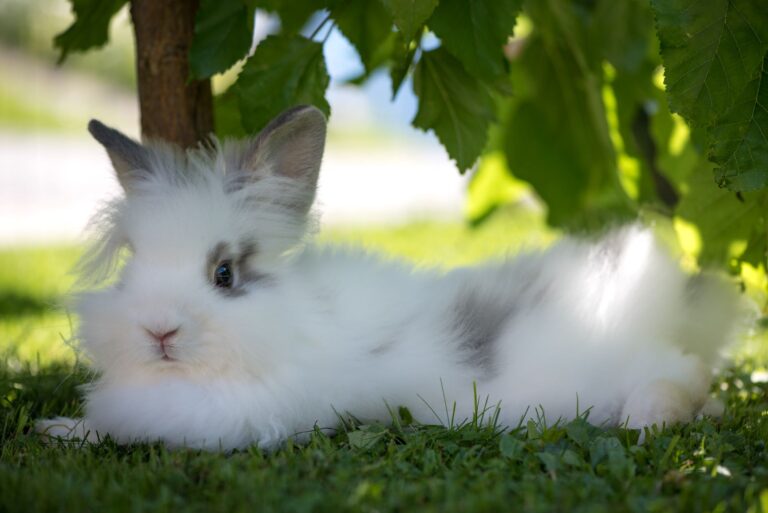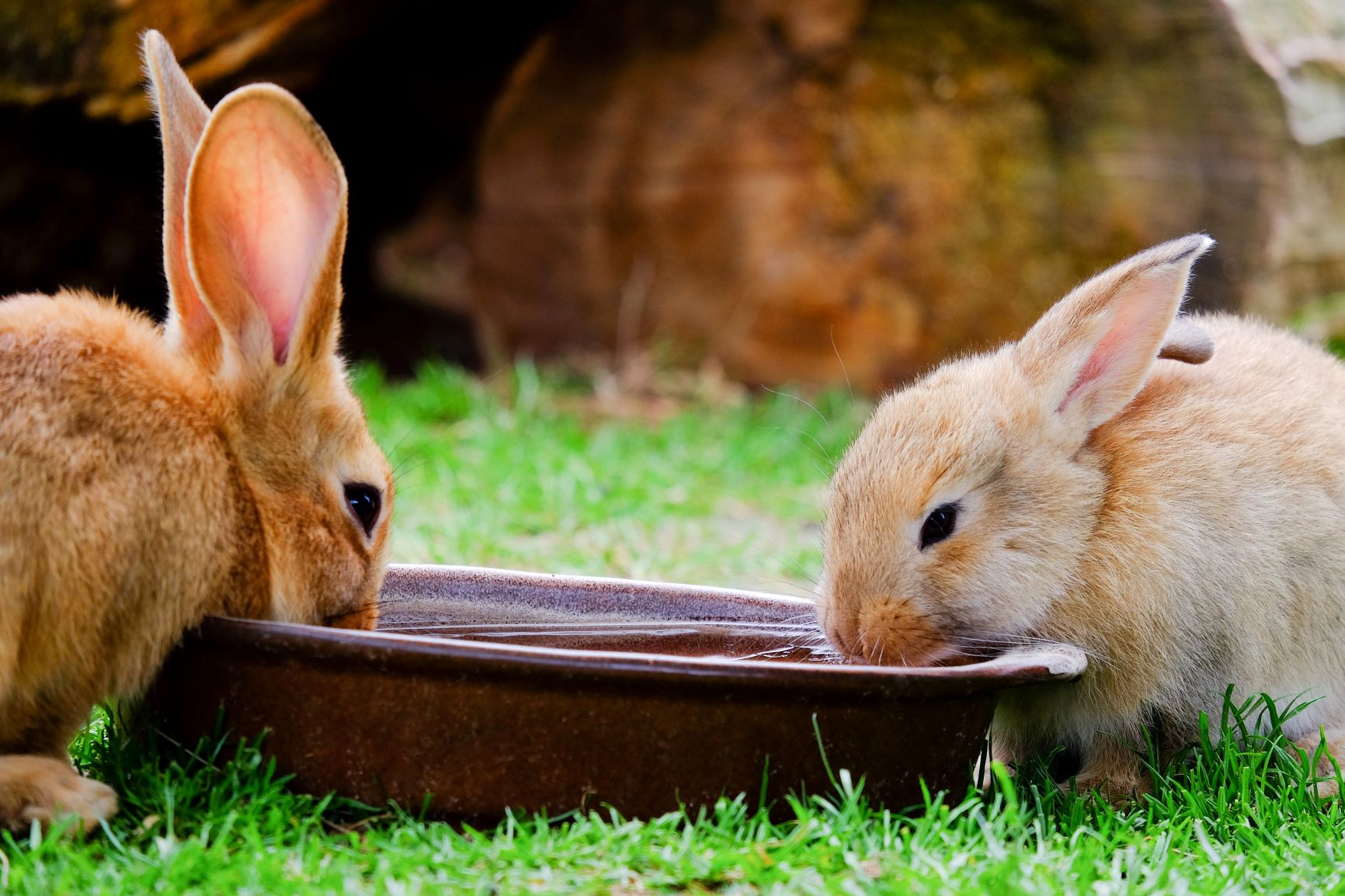Teeth Misalignment in Rodents
It is well-known that rodents love to gnaw.
30 degrees in the shade, no breeze is blowing. We cool down with ice-cold drinks or trips to outdoor pools – but how can you protect your rabbits from the heat?

© Petra Fischer / stock.adobe.com
Rabbits are anything but sun worshippers. Outdoors they live in burrows, which they are happiest only leaving at twilight. These long-eared animals avoid direct contact with the sun.
In order to protect your rabbit from severe heat, you’re best off regularly checking the temperature in its enclosure. You should definitely take measures with temperatures from 25ºC.
Rabbits cannot sweat like we humans do. However, they do regulate body heat by breathing faster, like panting dogs. They give off some heat outwardly via respiratory air and nasal discharge.
The larger the surface, the more temperature exchange takes place. Rabbits capitalise on this during hot weather, since they also lose heat through the large surface of their ears. This is why rabbit ears feel warmer than the rest of the body on hot days. At the same time, rabbits elongate in hot temperatures: they lie stretched out on cooling surfaces in order to relax and cool down.
 © Elena Krivorotova / stock.adobe.com
© Elena Krivorotova / stock.adobe.com
You can play your part in helping your rabbit keep a cool head in severe heat, be it indoors or in an outdoor enclosure.
Nipple drinkers are practical but only dispense water in droplets. It’s easier for rabbits to drink from a stable water bowl. Offer both in summer and try them out to see which your rabbit prefers. The water should of course always be fresh and not too warm. Change your rabbit’s water on multiple occasions in hot weather.
Diet also regulates fluid balance. It’s best to provide rabbits with grass and herbs throughout the day. Caution is advised with food containing a lot of water. Juicy cucumbers and leafy greens are refreshing, but it can lead to intestinal problems if rabbits get too little exercise and eat food high in water content. Of course there are no objections to brief refreshment in the form of a slice of cucumber.
On that subject, do you like watermelon? It’s no problem to give some to your rabbit, although fruit should only be offered in small quantities. In general, slim, fit rabbits get through the summer easier than overweight ones.
Rabbits should naturally have sufficient opportunities to retreat to the shade in hot weather. Bushes or little houses offer protection. You can let your pets cool off even more with these tricks:
Do your rabbits have long fur as well as long ears? If it’s really hot, you can give your rabbits a summer haircut. You can thin out the undercoat with special brushes or combs so that your rabbits aren’t lugging around so much fur that keeps them warm.
Also trim the fur around the anus short. There is the danger that small amounts of faeces can get caught in the fur and attract flies, which lay eggs there. Maggots can quickly develop with high temperatures. Hence, you should take a look at the rear end of overweight or older rabbits on a daily basis.
If temperatures at night remain above 20 degrees, it will become more and more difficult every day to keep your home at a pleasant temperature. Both rabbits and humans suffer from the heat within four overheated walls.
If you live in an apartment that gets hot quickly, such as on an attic floor, darken it during the day and keep the windows closed. Ventilate it thoroughly in the evening and if possible, leave the windows open at night.
Your rabbit shouldn’t suffer from draughts, including from ventilators. If you’re using air conditioning, you should take care to make sure that your rabbits aren’t in danger of catching cold.
 © Alexandra / stock.adobe.com
© Alexandra / stock.adobe.com
There need to be several shady spots available to your rabbit in outdoor enclosures. Bear in mind that the sun shifts, but that shade is needed around the clock on hot summer days.
Good ventilation is particularly important with heat. Hence, plastic tops are taboo – although they are usually too small anyway. A rabbit enclosure should offer plenty of space and free access. A closed rabbit hutch is not suitable. Most rabbits dig a hole in the earth in which the temperature is lower. Regularly check such holes to make sure that they are not too deep and dangerous.
On extremely hot days, these long-eared pets feel more at ease in a cool spot inside your home. Dark rooms in your home, an empty garage or cellar are possibilities. For many rabbits, a change in location means extra stress, although you can get them used to a second abode from a young age.
The danger of heatstroke for rabbits is present from 30ºC. The symptoms are lethargy, flank breathing and a weak but quick pulse.
Rabbits that are fat, old, pregnant or sick are primarily endangered. A heatstroke is an emergency, so you should immediately contact a vet.
Offer your rabbit drinking water and sprinkle its feet with cool water. If available, you can wrap around your rabbit’s body for a short period a cool, dry towel taken from a refrigerator.
You definitely shouldn’t immerse your rabbit in cold water, since sudden changes in temperature are dangerous for circulation. If possible, your vet should come to your home. If this isn’t an option, make sure that your rabbit doesn’t get even hotter on the journey there.
It is well-known that rodents love to gnaw.